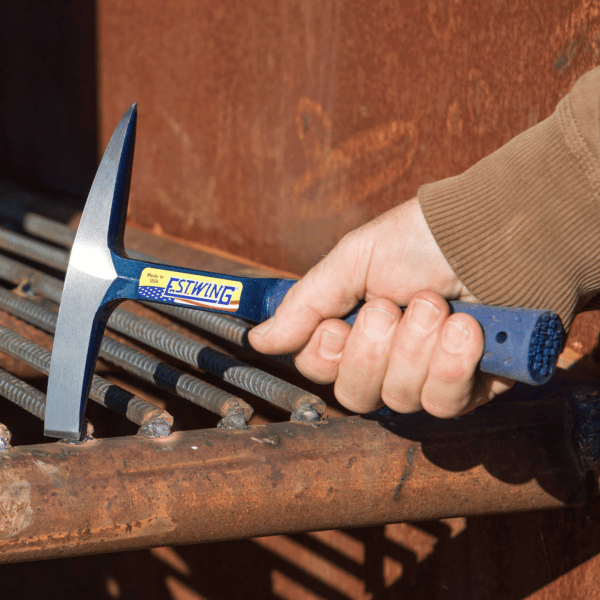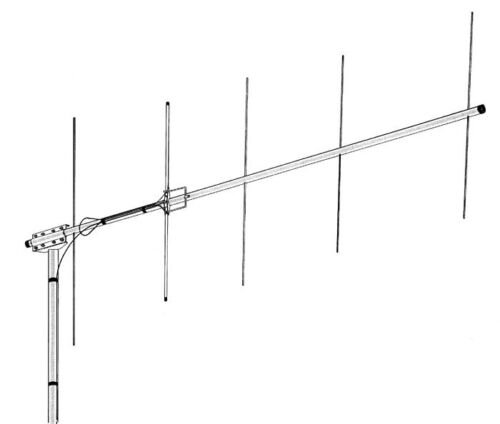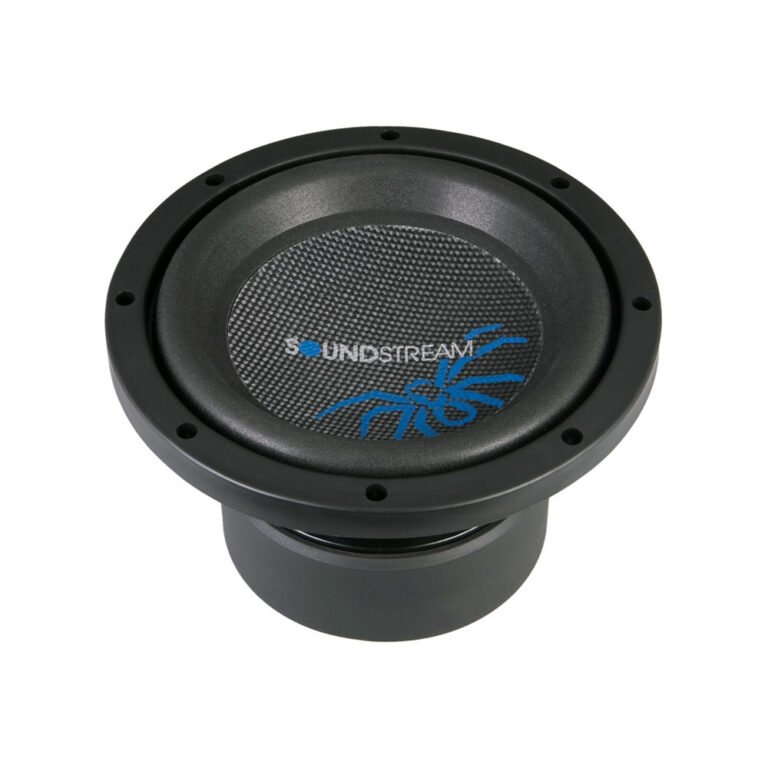Chipping Hammer Essentials: Troubleshooting, Techniques, and Impact on Masonry
When delving into the world of construction and renovation, one tool that stands out for its specific utility is the chipping hammer. Designed for chiseling away material, here are ten crucial facts about this indispensable tool:
- Versatility: Chipping hammers are used in various applications, from removing excess concrete to breaking small rocks.
- Power Sources: They come in different power sources including pneumatic, electric, and hydraulic.
- Size Matters: They range in size, from lightweight for small jobs to heavy-duty models for industrial use.
- Bit Types: There are multiple bit types for different materials and jobs, including flat, point, and spade.
- Comfort: Modern models often include anti-vibration features and ergonomic handles for comfort during extended use.
- Durability: High-quality chipping hammers are built to withstand harsh conditions on construction sites.
- Efficiency: These tools significantly increase efficiency in demolition and chipping tasks compared to manual tools.
- Maintenance: Regular maintenance, such as lubrication, is necessary to keep them in optimal condition.
- Safety Features: Safety features may include insulated handles and guards to protect from debris.
- Cost: Prices vary widely, influenced by brand, power, and features, catering to different budgets and needs.
Chipping Hammers: The Ultimate Tool for Your DIY Projects
For the DIY enthusiast, a chipping hammer can be the ultimate tool to elevate projects. Whether you’re sculpting a garden pathway, removing old tiles, or undertaking a full-blown home renovation, the agility and power of a chipping hammer make it an invaluable ally. Notably, for tasks that require precision and care, a quality chipping hammer can mean the difference between a job well done and a potential do-over.
How to Choose the Right Chipping Hammer for Your Construction Needs
Choosing the right chipping hammer is pivotal. Consider the following:
- Project Size: Larger projects demand a hammer with more power and durability.
- Material: Different materials will require different hammer weights and bit types.
- Frequency of Use: Frequent use justifies investing in a higher-end model with better ergonomics and durability.
- Power Source Preference: Pneumatic hammers require an air compressor, while electric ones are more plug-and-play.
The Evolution of Chipping Hammers: From Manual to Electric
Historically, chipping hammers were manual, relying solely on the user’s strength. Today, technological advancements have led to electric models that offer consistent power without the need for manual labor. This shift not only enhances efficiency but also expands the tool’s accessibility to a broader range of users.
Safety First: Proper Techniques for Using a Chipping Hammer
Safety cannot be overstated when using a chipping hammer. Always wear protective gear, such as safety goggles, gloves, and ear protection. Ensure that the tool is in good working condition before use, and acquaint yourself with its operation to maintain control at all times. Proper stance and awareness of surroundings are crucial to prevent accidents.
Chipping Hammer Buyer’s Guide: What the Pros Look For
Professionals seek chipping hammers that balance power, durability, and ergonomics. They look for tools that can withstand the rigors of daily use, with warranties and robust customer support. Features like quick-change chucks and variable speed settings are also highly valued for the versatility they provide on a job site.
Maintenance Tips: Keeping Your Chipping Hammer in Top Shape
To ensure longevity and optimal performance, maintaining your chipping hammer is essential. Start by regularly checking the power cord for wear and tear if you’re using an electric model. For pneumatic types, ensure that air filters are clean and moisture is drained from the system to prevent rust. Keep the chisel points sharp; a blunt chisel can reduce efficiency and increase the risk of accidents. After each use, wipe down the tool to remove debris and apply a light oil coating to moving parts to prevent corrosion.
Furthermore, inspect the handle for cracks or damage, as a sturdy grip is vital for safety and precision. By adhering to these maintenance tips, your chipping hammer will remain reliable for years to come.
Chipping Hammer Showdown: Comparing Top Models of 2023
This year’s lineup of chipping hammers brings robust competition. The Heavy-Duty Pro-X boasts a high-impact force suitable for heavy-duty applications, while the CompactCraft model offers a lightweight design without compromising on power, ideal for prolonged use. Both stand out for their durability and ergonomic designs. However, the Pro-X’s variable speed control gives it a slight edge in versatility. On the other hand, the CompactCraft’s affordability makes it accessible to a broader range of users.
Innovative Uses for Chipping Hammers You Haven’t Thought Of
While typically used for breaking through concrete or removing excess material in welding, chipping hammers have more to offer. Artists have utilized these tools for sculpting large-scale installations, showcasing their precision. In the realm of restoration, experts delicately employ them to remove layers of paint or corrosion, revealing the original surface beneath. These innovative applications demonstrate the tool’s versatility beyond conventional construction uses.
Expert Tips on Maximizing Efficiency with Your Chipping Hammer
Maximizing your chipping hammer’s efficiency is all about technique and care. Use the tool at a consistent angle to ensure even wear and control. Experts also recommend working in short bursts to maintain power and reduce fatigue. Additionally, match the chisel type to the material you’re working on—narrow points for concentrated areas and flat chisels for broader surfaces. Implementing these strategies will boost your efficiency and precision.
Chipping Hammer Accessories: Enhancing Your Tool’s Capabilities
Accessories can significantly enhance your chipping hammer’s capabilities. From various chisel attachments that cater to specific materials and tasks to shock-absorbing handles that reduce fatigue, these add-ons can transform your tool. Dust collection systems are also invaluable for maintaining a clean workspace and reducing health hazards. By investing in quality accessories, you can adapt your chipping hammer to a multitude of tasks with ease.
The Best Chipping Hammers for Every Budget: 2023 Edition
2023 offers a range of chipping hammers to fit every budget. For the frugal shopper, the BudgetBeast model provides reliable performance without the frills. Mid-range buyers might lean towards the Duracraft Hammer, which offers a balanced combination of power and ergonomic design. At the high end, the UltraMax Professional stands out with its unparalleled power and advanced vibration control, catering to seasoned professionals seeking the best tool for the job. Regardless of your budget, there’s a chipping hammer that meets your needs without compromising on quality or performance.
Troubleshooting Common Issues with Chipping Hammers
Chipping hammers are indispensable in a variety of construction and renovation tasks, yet they are not immune to issues. Common problems can include a loss of power, unusual vibrations, or even a complete failure to operate. Addressing these concerns starts with routine maintenance checks. Ensure that the chisels are sharp and securely fastened, and that the power source, whether it’s a battery or cord, is delivering consistent energy. For air-powered models, regularly inspect hoses and fittings for leaks. When faced with persistent issues, consult the manufacturer’s guidelines, as a deeper mechanical insight might be necessary for complex repairs.
Why Every Craftsman Should Have a Chipping Hammer in Their Toolbox
A chipping hammer’s value lies in its versatility and power. For any craftsman, the ability to quickly and effectively remove old plaster, tile, or even concrete is paramount, and this tool fits the bill. Its compact size belies its strength, making it perfect for tight spaces where larger demolition equipment would be impractical. Additionally, with various attachments available, the chipping hammer can be adapted for a multitude of tasks, ensuring that it is not just a specialized tool but a multi-purpose asset for any skilled worker.
The Impact of Chipping Hammers on Modern Masonry Work
The introduction of chipping hammers to masonry work marked a significant advancement in the field. These powerful tools have accelerated the process of shaping and smoothing stone and concrete, making precision work far less time-consuming. Moreover, the chipping hammer allows for greater control and less physical strain on the mason, which can reduce the risk of injury and increase overall job satisfaction. The precision of modern chipping hammers has also enhanced the aesthetic quality of masonry projects, allowing for intricate detailing that was once only achievable with painstaking hand chiseling.
Chipping Hammer Techniques for Precision and Control
Mastering the chipping hammer involves understanding the balance of power and finesse. Start with a firm grip and a balanced stance. Apply the tool at a consistent angle for an even impact, and use short bursts of power to chip away material gradually. Control is crucial—overzealous use can result in damage to the tool or the workpiece. For delicate tasks, consider using variable speed hammers that can be dialed down to reduce the force of impact. Remember, the key to precision lies in your technique and the tool’s settings.
Revolutionizing Renovation: The Chipping Hammer’s Role
In the world of renovation, the chipping hammer has become a game-changer. With the ability to remove old materials quickly, it has slashed project timelines and labor costs. The chipping hammer also contributes to more sustainable practices, as it allows workers to salvage materials that might otherwise be destroyed by more aggressive demolition methods. Whether it’s restoring a historic building or updating a modern home, the chipping hammer has proven to be an essential tool in breathing new life into old spaces.







